Masaaki Yuasa is, without a doubt, my favorite director in anime. His 2014 adaptation of Ping Pong the Animation is my favorite anime of all time, while Tatami Galaxy sits at a close 2nd. Among his more recent works, Devilman Crybaby was imperfect but ultimately a visual treat, while Keep Your Hands Off Eizouken is my current anime of the year. The man has a visual style unlike any other, and the works he adapts often resonate with something deeply personal, to put it simply, utterly human. So when I heard he was working on another series, also to be released this year, I was ecstatic. That it was based off of a famed novel from the 70’s and would be his last work as President of Science Saru only fueled this fire. I was expecting something incredible, a rival for Eizouken! Sadly, Japan Sinks was nothing of the sort.
Simply put, Japan Sinks was a complete and utter failure, the likes of which I was not prepared for. There are themes to be found, and moments of Masaaki Yuasa’s usual brilliance to be found. But they are few and far between. The tone is jarring and throughout the whole thing I wasn’t sure if I was supposed to be laughing, crying or just shocked. Japan Sinks is, in a word or two, jarringly inconsistent, questionably paced and poorly timed in regards to current world events. With all of that said, the ending score should come as now surprise, it was an utter failure. But the question remains as to why, why did it fail, why does it not work? So without further ado, let’s talk details, and strap in because this is going to get wordy. Also fair warning this review will contain spoilers for Japan Sinks.
(Disclaimer: I am working to make 50 the new “average”. 70 is not an average score people. 70 is above average. Also apologies for how long this took, motivation was low with this piece.)
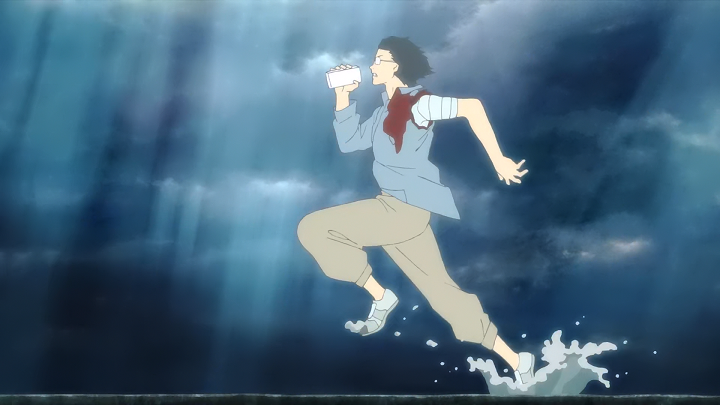
Animation/Art
First up, as always, the art and animation of Japan Sinks is… I want to say its largely fine, but it’s so inconsistent that it really isn’t. Take the character designs for instance. Like many of Yuasa’s other works, the designs relatively simple and straight forward with solid colors, simple lines and no complex shading. This simplicity often allows his works a greater degree of freedom in their movement, there are no complex patterns or anything to keep on model and they lend themselves well to more organic and exaggerated animation. It’s what gets us some of Japan Sinks more stunning scenes, such as episodes 8 and 9. The downside to this though is that they suffer when sitting still. When not in motion, lacking any eye catching details or interesting line work, the designs just look… well derpy. And Japan Sinks sits still a lot.
This is most likely due to what I believe was a rocky production for Japan Sinks. As based on interviews and articles, it was supposedly largely “done” before Eizouken’s own finale earlier this year. Combine this with rumors of outsourcing and designs that require an experienced animators touch, and you have what we see here. The simplistic and free designs of Japan Sinks came back to bite it in the ass. Not just any animator can take designs like these and make them work, and make them expressive and filled with life. Some, such as Takashi Kojima, are able to make beautiful scenes with them. But for most they simply lack the finesse, and the end result is… ultimately disappointing. Japan Sinks begins and ends with some fantastic scenes, the kind of animation I was originally expecting. But it fails to even prop itself up in the interim between.
This isn’t to say that Japan Sinks is without merit visually, as that isn’t the case. Rather I think the backgrounds and wide shots make for some of the most beautiful parts of the show. Japan Sinks is filled with scenes that bring the broken and collapsed landscapes of the show to life. From the 1st episode, showing the lit up path of the shrine, to the stormy oceans or sunlit clouds of early morning, Japan Sinks is beautiful. There are some odd framing issues of course, often some scenes won’t line up properly and this is likely due to the destruction of the earthquakes. But as far as the art itself goes, it call it anything short of stunning would be a lie. Sadly it’s this inconsistency, between the backgrounds to the designs to the animation, that makes Japan Sinks annoying at best and difficult to watch at worst.
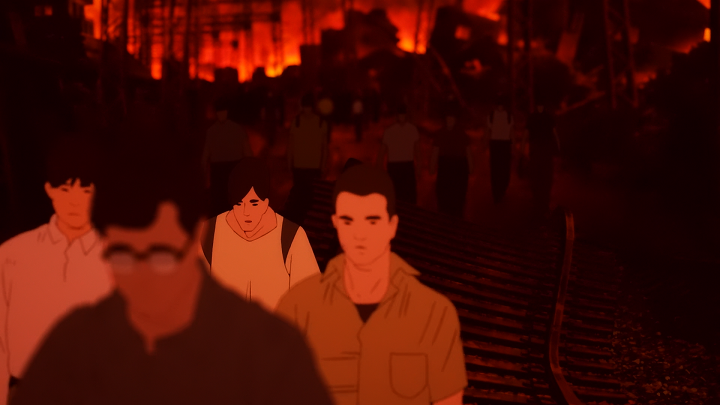
Setting/Story
Moving on we come to the narrative and oh boy, is this the big stinker. Based loosely on a 1973 novel of the same name by Sakyo Komatsu, Japan Sinks is a complete departure from it’s source. Where the original dealt with politics and politicians, events on a national scale, the anime chooses to zoom in and focus on a single family surviving this national disaster. On paper this seems like a great idea. Shifting the focus to a more personal level while tackling themes of loss and national identity in the face of massive devastation is an incredible concept. However Japan Sinks fails to execute on this in all but the most basic of ways. Yes, national identity and religion are tackled in the work. However its done through a group of xenophobic racists or insane cultists who die like everyone else in the end.
If that wasn’t enough however, the lead characters themselves are also a mess. Japan Sinks presents itself as a grounded, if dramatized, character drama. For that to work however the characters themselves need to be well and believably written. Instead we get a cast of eccentrics who die in increasingly random ways with no regards to any kind of character arc. Meanwhile, many of these deaths are avoidable if the characters were rational people. What rational person ignores an open wound on their leg for weeks or “accidentally” shoots someone with an arrow? What rational person finds an aquatic military vehicle in the middle of a flood, complete with keys?! The story of Japan Sinks is driven by coincidence and whatever the author needs to happen to get the characters to the next scene, regardless of how any of it might fit together into a cohesive whole.
None of this however, from the questionable character arcs to the ridiculous coincidences driving the story, are the real issue. We have seen plenty of “out there” disaster movies, and those still manage to be entertaining. There is enough suspension of disbelief any viewer has going into one of these that Japan Sinks could have worked had it not royally screwed up it’s tone. If you want to tell a serious disaster story, then set those promises early and stick to them. If you want to tell a wholesome family drama, set those promises and stick to them. Japan Sinks makes these promises early, and then continues to ignore every single one. From comedic and absurd deaths of core characters to Japanese Dale Gribble 360 no-scoping people on a scooter, Japan Sinks is tonally a complete mess. And this holds back anything everything else it attempted during its run.
Across the board, Japan Sinks is a narrative mess. It has a few promising episodes, with the 1st and the 8/9th being personal favorites of mine. But these are so few and far between that the rest of the show holds the back. Dimming whatever brilliance they might have had with the shadow of mediocrity. And it wouldn’t be so bad if at least the characters were interesting, yet I had stopped caring about them by the end of episode 3. Why? Well lets talk about them for a moment.
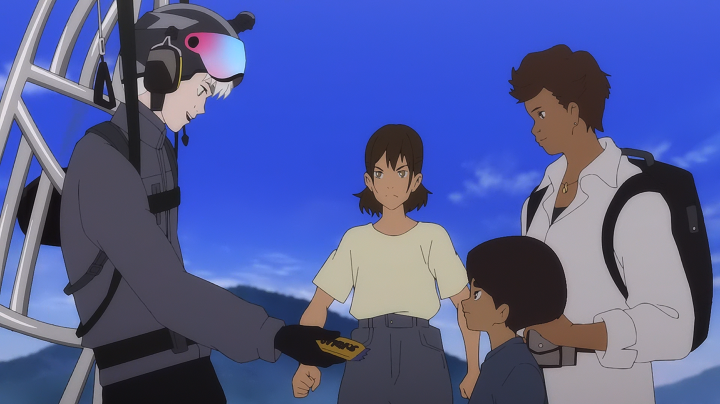
Characters
As many others have said, the characters of Japan Sinks feel like just that, characters. They come across as one-dimensional and vapid, a collection of character quirks. Take for example Gou, the son and youngest child of the Mutou family. For the life of me I am unable to remember anything interesting or engaging about him. All that springs to mind when thinking of him is random English words, him being a “gamer” and one line about Amazon product placement. Gou is not alone in this however, it extends to the entire cast. From the foreign mother to the “I didn’t have enough screen time” father to the aforementioned Japanese Dale Gribble of Kunio Hikita. The cast of Japan Sinks is not a group of people trying to survive a disaster. Rather its just a collection of stereotypes thrown together to represent Japan’s myriad of social groups.
To be fair, a cast such as this isn’t enough to sink a show on it’s own. There are multiple, dare I say even most, shows every season with the same level of characterization in their cast. You have the Genki girl, the Tsundere, the Kirito-MC etc, and they appear every season. However the reason these shows can get away with it comes down to one thing: expectations. Nobody goes into shows like Monster Girl Doctor or Peter Grill expecting ground characterizations. But when you bill your series as a character focused disaster drama, you are giving viewers a some specific expectations. And Japan Sinks failed to live up to those expectations. If you watch these characters as just another rag-tag band of silly characters, you will come out the other side fine. Personally however, I wanted actual people. Or as close as I can get in anime at least.
OST/Sound Design
Finally we come to the one part of the review that I can actually be pretty positive about, the OST. Kensuke Ushio, the man behind the music of Ping Pong the Animation and Devilman Crybaby among others has done it again. From absolute bops such as “nice weather day” and “warm up” to the hauntingly beautiful in “prayer“, “in a dream” and “last moments” and wrapping back around to hopeful/natural in “a shelter” and “dad i“. Suffice to say, I love this OST and if the amount of links I have provided here hasn’t convinced you, nothing will. For all the issues I have with this anime, the soundtrack is not one of them. So if you want my suggestion, just skip the anime and go straight to the OST. Because for as beautiful as it is, Japan Sinks completely and utterly misuses it in all the worst ways.
All of the above tracks play a few times throughout Japan Sinks run, but rarely do they ever fit. Whether it a peppy beat after a lead character brutally dies, a somber melody over cooking dinner or just random shit while Dale Gribble shoots people. Japan Sinks has no idea how to make use of its incredible OST. It’s only in the rare moments where animation, tone and track all finally agree that we are able to see what could have been. The clearest example of this is, in my opinion, the best scene of the entire series in episode 9. The running animation, the music, backgrounds and lighting. They all come together to form a cohesive whole, making the end hit that much harder. But Japan Sinks is lucky to have 2, maybe 3 of these scenes across its entire run if you’re generous. And that just isn’t enough.
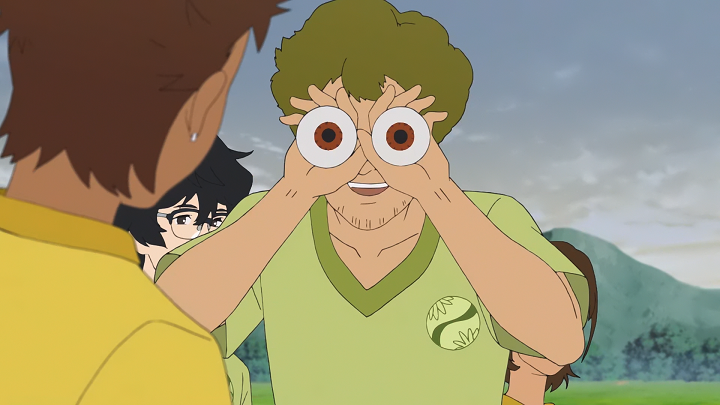
Failure of Themes – The Travel Commercial
At this point I have covered all the major parts of Japan Sinks and why I think it fails. Before we close though I want to talk about a more overarching issue, that of themes and tonal dissonance. Because Japan Sinks is chock full of thematic elements, both in relation to the original novel and to the modern day. You have the idea of a national identity surviving a calamity that literally destroys the very land the nation sits on. Of the many toxic ways that national identity can take shape, from xenophobic to religious, to the more understandable ones in pride and belonging. Early on there are even themes of naturalism, of nature taking back the world, forcing humans to learn to survive and find their place in it. Everything from family units to national identity is present in Japan Sinks, but it commits to none of them.
Japan Sinks tackles each of these in a myriad of ways but never really commits to one. Not for more than an episode at least. One episode we might see xenophobic racists excluding half-japanese from their boat only for the next to be about saving the world and bringing hope to their nation, only for the one after that to basically be a travel advertisement for Japan itself. It’s this finale of Japan Sinks, the aforementioned travel advert, says it all. The series is so concerned about the breadth of what it can tackle, of how many different ways it can portray and analyze Japan, that it never bothered to ask if it was taking on to much. And when combined with the production issues throughout the show, it becomes the straw that broke the camels back.
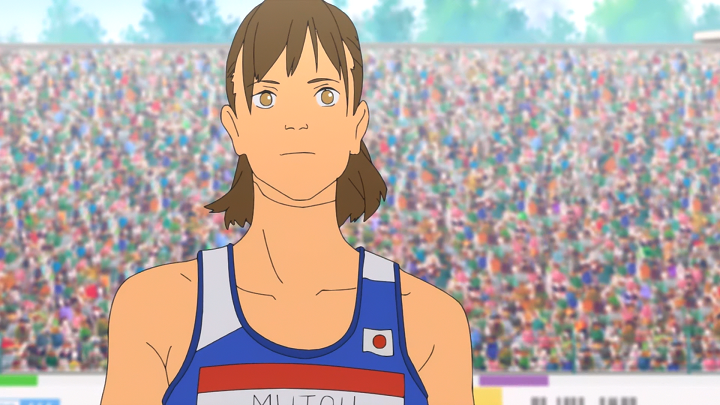
Conclusion
So all in all, how was Japan Sinks? As I said at the start, I found it to be a complete and utter disappointment. The first episode and a half were great, the scene was set and everything was in motion. But the moment episode 2 ended that all came crashing down to the level works like Sharknado. The kind of movies that people only watch in a “its so bad it’s good” sort of way. Except Japan Sinks doesn’t even have that, because it has to contend with having the name of Masaaki Yuasa attached to it and all that weight that brings. If you go into Japan Sinks looking for a stupid disaster comedy/drama, with 0 expectations, I suspect you can enjoy it. However if you were looking for something more, like I was, then you will be sorely disappointed.
As for my final verdict? Just avoid it. This is going down with the likes of “Highlander 2” for me, in the sense that after this review goes up, I doubt I will ever acknowledge its existence. Except for the OST, that can stay. Thanks for reading.

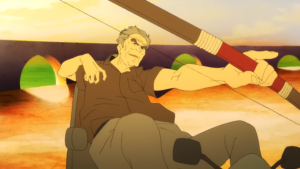
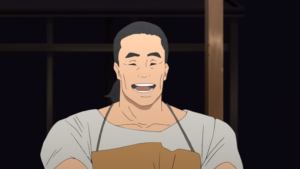
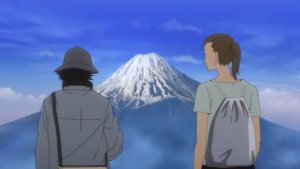
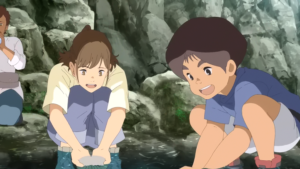
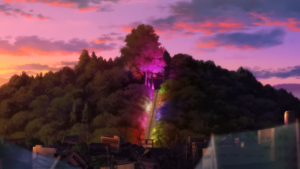
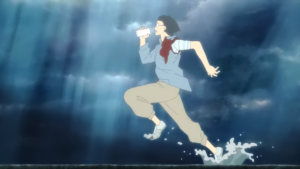
This show is so incompetent in presenting its themes that at one point it goes total Daniel.
And as is written in holy anime scripture, you NEVER go total Daniel.
Total Daniel?
I’d give Japan Sinks a 40/100 at best myself, and I’m not even finished with it yet!
I originally had it lower, just through sheer disbelief, but I slowly brought it up as I reconciled some bit. I think part of it is the ending was just so at odds with the rest of the show, so let me know how that goes for ya
Looks like everyone had high expectations for this one. Considering the director it makes sense.
Also, you’re missing an extra A in Masaaki’s name there.
Ah so I am. Damn it hurts that my proofing didnt catch this. Thanks!
It feels like a very bad case of trying too hard to cater to the new fans who got into Yuasa via Devilman Crybaby, and simultaneously misunderstanding why people were talking about that show to begin with. The fact that it was originally meant to be an advertisement for the Japan Olympics this year prior to COVID screwing all those plans up doesn’t help matter either, especially with that tourism infomercial at the last episode.
It’s like they tried to look at what was most talked about Devilman (the rapping, the liberal use of sex and violence, the shock value, the bizarre scenes of extended Engrish, the surreal animation) and tried to double down on that while providing some sort of social commentary on Japan as well as well as a story of survival during a natural disaster. And yet it completely fell flat this time.
I totally agree. Its a mishmash of themes and scenes without much thought behind why those scenes should exist. In Devilman the rapping was core to Kukun’s character and an incredible expression of his feelings, said in the only way he felt comfortable confessing them. (https://www.youtube.com/watch?v=yIiiGBFRPKA)
Yet in Japan Sinks it just comes off as “Lets have a rap scene here, kids love those”. Its clear there were ideas behind Japan Sinks, commentary on how conservative parts of its population are and how xenophobic it can be, the fears of losing their cultural identity and the strength of that culture beyond just the land itself. But the presentation of it all just falls apart.
About 50 being the new average, i don’t think that is a good idea. I always thought the concept was flawed. Because the “average” is not a set number, it is an ever changing one. In one year the average might be 70 and in another it might be 50.
currently the average rating overall might be around 7-8, but that is because people try hard to not make shitty series. saying “it should be 5 because 7-8 is too high” is pretty arbitrary if you actually think about it.
We are talking averages in relation to each other, yes. If someone is artificially raising or lowering scores to fit within some kind of bell curve for the year saying “This is average for X year so its a 50 even though in Y year it would be a 75” then that is 100% a terrible idea. That is artificially shifting scores to fit some made up ideal. Luckily, that is not what I am advocating or doing here.
I am saying that 50 is “average” universally. Just “This is fine/alright/average”. Not in relation to other things, it isnt average in relation to 2020 or the genre or the Directors other works. It is just average overall as a piece of media. It is a 50 because I dont think it does anything deserving to be higher than that. This isn’t to say a 50 is bad either, its just “average”. I dislike the context that 7-8 is the only acceptable score because it reduces a lot of granularity. If a 7 is the new “average” then suddenly you only have 71-100 to play with to rate anything above average. It becomes a pain in the ass to justify why something should have a higher score, yet wind up so close together in number.
That said, I would do away with scores entirely if I could, because they encourage people to not read the review. Thats why I write as much as I do, so that I can give context to the number. But the number is what draws people in and its what they see, so kinda have to.
As for overall rating being a 7-8 because “people try hard to not make shitty series” well… I just think that ones not true. I think most anime, hell most media in general, released is anywhere from “alright” to outright “bad” because most of them are made with the intent to make money and not from any actual vision.